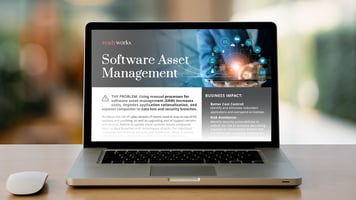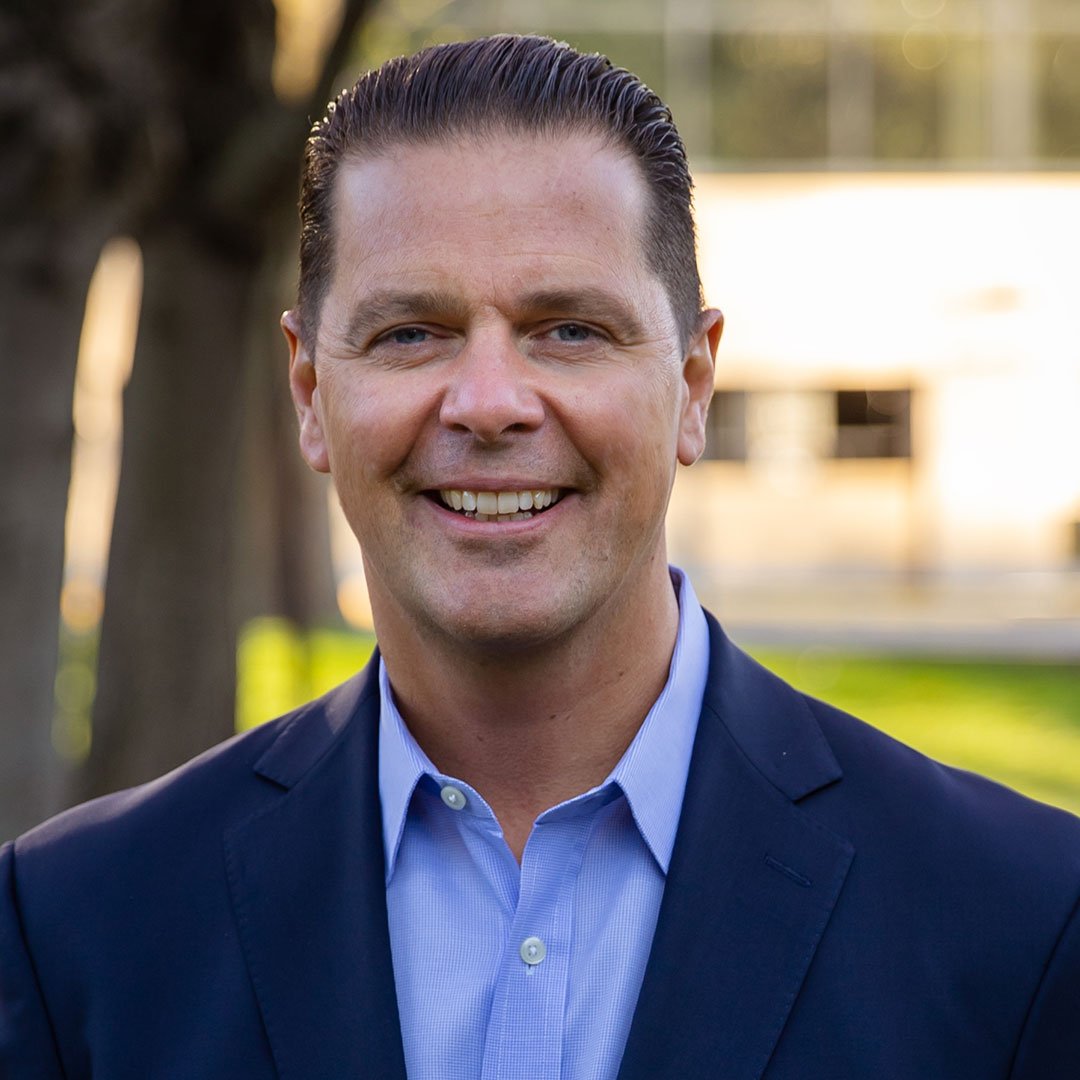As enterprises investigate cost cutting exercises, CFOs are tapping IT for help. In a recent Statista research of 500 companies software was reported as one of the largest IT expense in 2022, at 18% of company revenue. To identify ways of reducing software costs, we’ve provided several questions for CFOs to ask, as well as proactive steps software asset managers should consider ahead of cost reduction requests.
1) How many applications are we paying license fees for and what is the actual usage of these applications?
It’s vital that the number of software licenses align with usage figures - too many and you’re overpaying – too few and you run the risk of a hefty penalty. With users leaving, joining, and moving roles at a rapid rate in many companies, software license requirements also change quickly.
Software asset managers must be able to readily access these purchase and usage figures. If they can’t, they should put in place a process whereby they regularly audit license usage and compare this data against license ownership. This means pulling data from CMDBs, configuration platforms, identity access management systems, asset management and/or purchasing databases, and aggregating it to gain a clear view. By doing this, they may be able to identify where licenses can be reharvested for new hires, saving the expense of purchasing additional licenses. They can also poll users and managers to determine if applications align with user needs and permission and then determine if the number of licenses can be reduced.
2) Are we supporting any redundant applications?
Do you regularly audit software usage and requirements? If not, how do you know if you’re supporting more than you need to? This is particularly pertinent if you’ve been through mergers and acquisitions , but equally important as software acquisition has grown haphazardly over time without standardization across the organization. Could you consolidate software versions or are you supporting multiple software applications that do the same thing?
Put in place a process to regularly audit your applications and take advantage of cost savings where you can. In doing this you should:
- Create an inventory of software using your CMDBs, systems management tools, and other databases and survey SME’s and business teams to confirm usage and requirements.
- Rank applications using a system, such as number of machines installed on or importance of the app to define candidates for consolidation and removal.
- Compile a report and work with teams to gain buy-in for the apps to be discontinued.
- Distribute a roadmap for change communicating to users what will happen and where to get more information.
By managing these activities regularly, you can identify potential cost savings on an ongoing basis.
3) How and when do we determine which applications should move to the cloud and which must remain on-premises?
Do you have a plan for this? If not, here are some things to think about:
- Are you continuing to leverage old or outdated hardware to run certain applications that would benefit from better security or performance in the cloud?
- Does reducing your datacenter footprint and migrating applications to the cloud offer cost savings benefits?
- How are you managing cloud costs?
- Do you have a good understanding of how application usage could change over time?
To find answers to these questions you should work with hardware managers to identify any equipment that should be retired but isn’t because it is supporting certain application needs. Work with business teams too to understand if there is a likelihood that applications needs could change. Remember to also work with legal teams to understand which applications and data must remain on-prem for regulatory reasons before you plan any cloud migration.
4) How do we make decisions on new software requests?
How are new software requests handled in your organization? Are they treated as a standalone request or do you assess needs against those already fulfilled by other software in the company. If you already support something that has the capabilities the team needs, then you could save by simply purchasing additional licenses rather than another vendor’s software application. Or does the time-to-value of modifying a legacy application for new use cases negate any hoped-for-benefits? Or is adapting a legacy application to do more than was originally intended equivalent to force fitting a square peg in a round hole?
5) How are we tackling the cost of Shadow IT?
As cloud adoption rises, so does the opportunity for Shadow IT, where business teams and users purchase software without going through the correct channels. Software asset managers need to ask themselves:
- Can you easily identify Shadow IT in your enterprise?
- Do you have a software acquisition policy in your enterprise and if so, do you communicate this regularly to end users?
- Can you identify opportunities from Shadow IT, to reuse applications to meet the needs of other business teams?
If you can’t answer these questions, you need to:
- Leverage endpoint discovery tools to identify unauthorized software on devices as well as SaaS management, cloud access discovery tools and aggregate this with other data to understand who is using these applications.
- Survey users to confirm their needs and make decisions on whether they should be supported going forward.
- Regularly communicate your company’s software acquisition policy to end users to ensure they understand the process.
6) How are we protecting against unauthorized access and related costs?
With cyberattacks on to rise, one of the biggest forms of defense for IT is to stay on top of the regular cycle of patching and updates distributed by software providers. Data breaches can not only risk a company’s reputation but can be very costly.
7) How can we accelerate software asset management cost reduction?
What processes could be put in place to increase transparency across the organization? Think about:
- Working with HR and business teams to identify user personas based on roles and assign a package of software that they require. Then identify triggers for department moves or offboarding so IT can more quickly identify software license reharvesting opportunities.
- How often you can manage software asset audits to right-size software licenses and identify unpatched software, candidates for application rationalization, Shadow IT, and other cost-saving opportunities?
Gain clarity and control over your IT estate. Identify cost savings opportunities related to your software portfolio.
DOWNLOAD NOWManaged manually, all this is going to add to any software asset manager’s role, and the potential for mistakes (e.g., break access to critical systems) can increase costs, rather than reduce them. However, by taking advantage of a digital platform conductor (DPC), software asset managers can benefit from real transparency across the entire IT software asset estate and leverage actionable insights to benefit from cost savings opportunities.
A DPC connects to and leverages the data within all your IT management tools as well as data held by procurement, HR and other systems. It continuously collects, aggregates, and analyzes the data. Using that data, you can identify opportunities to reduce costs and then use the DPC to orchestrate and automate change across your environment. Using a DPC you can:
- Integrate key IT and business systems to get an accurate inventory of all applications mapped to hardware, users, databases, and interdependencies.
- Help identify Shadow IT.
- Augment data from cybersecurity monitoring tools to tackle potential cyberattacks faster.
- Easily categorize applications for testing, certifying, and identifying potential candidates for rationalization.
- Identify software that could be moved to the cloud and which applications must remain on-prem for legal or regulatory reasons.
- Automate tasks involved in software patching, application rationalization, and other change programs and seamlessly integrate within your larger ITALM program.
- Leverage user personas, templates, and defined processes to automate offboarding activities and change the status of licenses no longer being used.
- Automate user communications and polls to confirm data, communicate software purchasing policies, latest cyberattack methods, and more.
- Clearly see when licenses are due for renewal, identify outdated software, and more.
- Access clear reports for regulatory compliance and audit trails.
Book a demo with ReadyWorks to understand how you can leverage a DPC to gain clarity and control over your IT estate to identify and achieve software cost savings.

